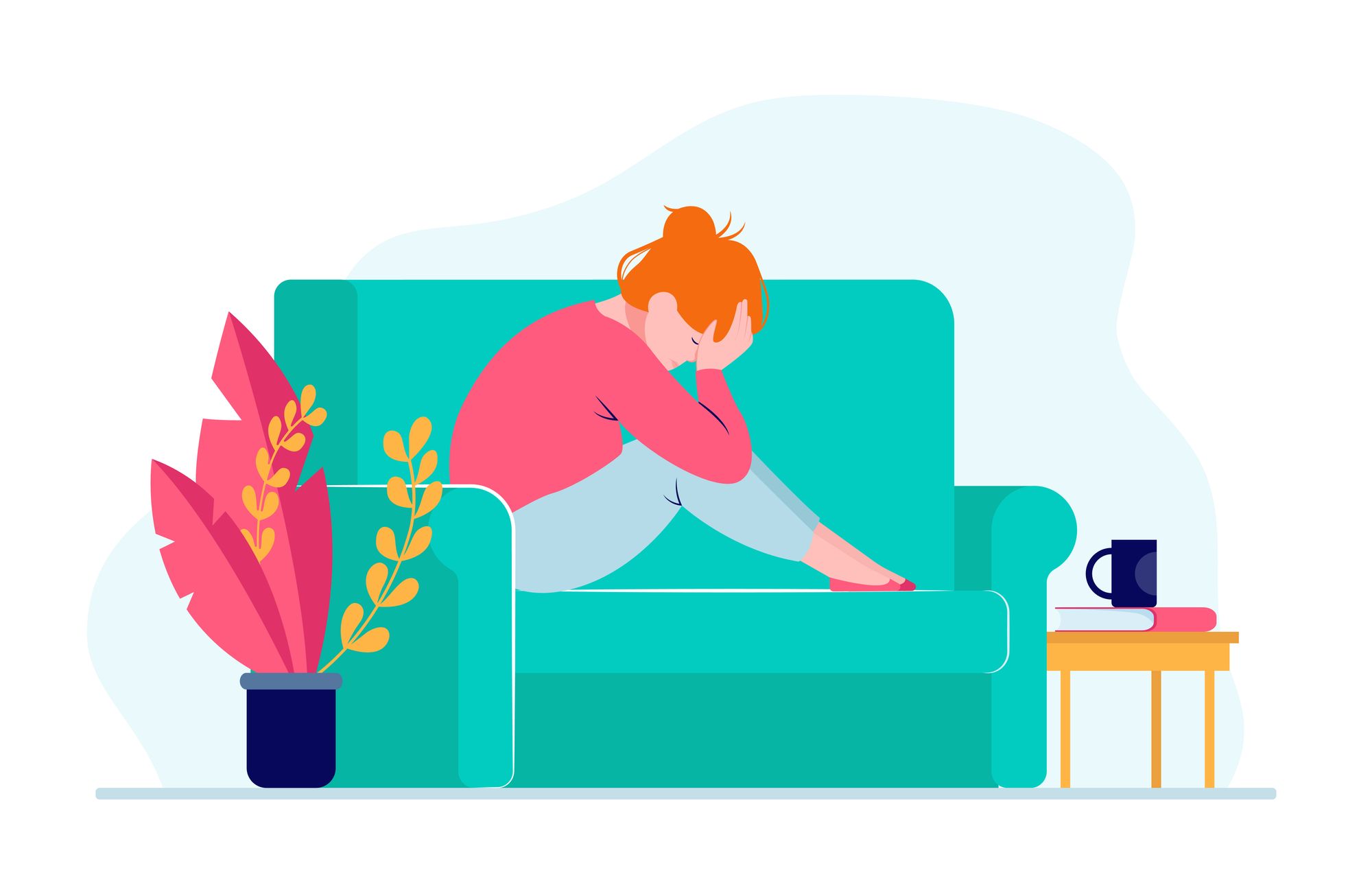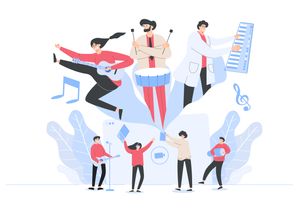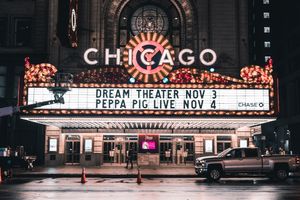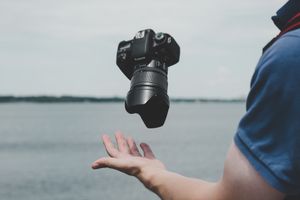Let's understand how to overcome camera anxiety.
Being able to speak confidently in front of the camera isn't something that comes naturally to most people. Even the most experienced videographers can feel nervous on camera.
Thus, whether you're new to creating videos or a seasoned professional, facing the camera confidently requires some time and practice.
Wondering how to do it? You’re in luck!
In this blog post, we’ll take you through seven killer tips on how to overcome camera anxiety so that you make attention-grabbing videos in a jiffy.
Let's dive right into it!
Practice, Practice, Practice
As cliché as it may sound, practicing makes a man perfect.
Practicing before you begin filming can make a world of difference in boosting your on-camera confidence.
Plus, it also allows you to catch any flaws in your delivery and correct them to avoid embarrassing yourself.
Here's how you can practice for your next video.
For a week or two before filming your video, sit in front of the camera and talk about your day for about 10-15 minutes. Record it and don't show it to anyone.
The idea here is to look back at the footage and notice what you're doing right and where you can improve.
Keep a photo of your favorite person (who you're most comfortable with) behind your camera lens - not too above it or far back from the camera. As you record your video, talk directly to that person.
This will help you center your eyes, look directly into the camera, and settle your nerves to avoid fumbling.
Record and share videos with your closed ones. Your family or friends can be your biggest and best critic. Choose someone who can provide you with honest and helpful feedback.
Shoot videos for that person only so that they can tell you what looks or sounds good and what doesn't. Do it as many times as possible until you start feeling a little bit less scary.
If you're brand new to the camera or feel conscious of how you look or sound on camera, do more video calls with your family or friends to get more comfortable.
Practice in front of the mirror to build up your photogenic confidence. This will help you get a full view of yourself and also find your most flattering angles.
Take a Few Deep Breaths
Now that you've spent a considerable amount of time practicing, it's time to shoot your video. But before you hit that record button, take a moment to relax and feel confident.
Once you turn your camera on, your body reacts in many ways: your neck and back tense up, blood pressure rises, legs and hands start to shake, and so on.
Result? You freeze up and forget everything you were about to say. This response is quite natural if you're anxious about messing up on camera.
The need here is to trick your brain into relaxing, and that's where deep breathing exercises come into play.
Before you get your voice out there, try taking some deep breaths from your abdomen. You can even stretch your arms up as you breathe deeply.
Though this method might sound simple, research shows that just one session of slow breathing can relieve stress and high anxiety levels.
Slow Down While Talking
When we're nervous, it's natural to speed up and talk quickly. Studies show that individuals often speak faster due to nervousness or anxiety.
But, do you know your speaking pace can make or break your entire video?
You may have a well-crafted message for your video. But if people don't understand what you're saying, you'll not be able to capture and hold their attention. And, they probably won't buy your message.
Speaking too fast can also make you look "salesy", as though you're trying to sell something rather than communicating your knowledge to help someone make a decision. No one wants to feel like they're being sold to.
Thus, no matter what kind of video you are making, don't throw out words like a machine gun. Take it slow and steady. Speak a little slower than you would normally.
Make pauses your ally. Take necessary pauses when you're talking about something you know well. You can also add pauses before and after delivering a major statement when you want to strongly emphasize what you just said.
Slowing down will help you feel relaxed and in control. Your videos will look more comprehensible. On top of that, you'll be perceived as more confident in what you're saying.
If you feel like the video is stretching unnecessarily, remember that viewers can play it at up to 2X speed if they choose.
Don't Stress Over Minor Errors
Even if you've practiced a million times, you still might make a lot of mistakes once your camera starts rolling. Even experts do, and that's normal!
Many people who want to create videos believe that their content has to be perfect, to begin with. And because of that, they never really start.
We get it! Shooting your videos can be intimidating at times, especially if you're worried about messing up on camera. But, you need to know that there's absolutely nothing wrong with that.
Because if you don't start somewhere, you're never going to know what it takes to create a viral-worthy video.
Being comfortable with your minor mistakes, such as stumbling over a few words, using too many 'umms', etc., will help you practice more and get your message across in a more "human" way.
Remember: It takes a certain number of failed videos to realize that mistakes and retakes are a part of the video production process. Some days you're going to feel great. On other days, you won't be able to focus.
You're unlikely to get it right the first time. But, it'll happen. So, relax and give yourself a break!
Use Hand Gestures to Feel Confident
What should I do with my hands on camera? Am I gesturing too much, or do I look stiff?
If you are a video newbie, you might have asked yourself these questions several times.
Hand gestures are a fantastic way to visually supplement what you are saying through words. They are a part of what makes us human and helps the viewers connect with us.
When you talk to people, you move your hands around to emphasize a point. But, as soon as you face the lens, you freeze up.
It can be difficult to behave naturally when you're nervous. Above all, you can get confused about what gesture to use when you are simultaneously trying to remember the next line.
Wondering how to use hand gestures the right way? Check out these tips:
- If you normally speak with your hands, do the same on the camera. Don't overuse them - a little gesticulation goes a long way.
- Don't use the same gesture over and over again without any clear purpose. It distracts your viewers instead of helping to communicate your message.
- Avoid holding your hands behind your back - it makes you look like you're trying to hide something.
- Joining the fingertips of both hands, crossing your arms in front of your chest, or touching your face or neck can indicate anxiety or nervousness.
- If you decide to hold something in your hands, make sure it's not a random item. Instead, find something that's visually connected to your video theme.
Bonus Read: What to Do With Your Hands on Camera
Check out this video where Derek Halpern shows ten hand gestures you should use and when to use them.
Dress for Success
The way you dress up boosts your confidence in front of the camera.
But how should you dress for the camera? Unfortunately, there's no correct answer.
The key here is to pick an outfit that makes you feel good about yourself - one that fits well, is comfortable, and is appropriate for the video theme.
For example, if it's a business presentation, a three-piece suit is your best bet. If it's a casual meeting with a colleague, then wearing a casual T-shirt and jeans might be appropriate.
Talking about colors, your favorite all-white or all-black shirt may not be the right option for you to wear on camera. Choosing solid colors, when possible, can go a long way here.
Further, some patterns can cause distortion on the camera - be it small prints, checked patterns, narrow stripes, plaids, zig-zags, etc. So avoid these as much as you can.
Remember: Your viewers don't care how you look in your videos. But to feel more comfortable while filming, you need to look your best. Once you start producing videos like a pro, no matter how you look, your viewers are going to love your content.
Bonus Read: Dressing for the Camera (Top 11 Tips)
Choose Perfect Lighting
Whether you're filming in a studio, an office, or outdoors, good lighting is incredibly crucial. If not done correctly, it can make you look amateurish and anxious on camera.
The most flattering lighting hits you either from the front or from the side. Never position the light below or behind you as it will wash you out.
Sit by a window to get natural lighting. If the room has no windows, set up a lamp or similar light source behind your screen.
When shooting outdoors, use the sun's natural light to illuminate your scene. Follow the 'Golden Hour Rule' for a smooth and golden hue.
Stay in the shade when the sun is too intense as it can blow out your camera, making it hard to see your face.
Everyone has jitters when they record a video for the first time. The good news is that it doesn't last forever. Just like anything else, making perfect videos takes some practice.
Bonus Read: How to Look Good on Camera
We hope the above tips can help you turn from being camera shy into a video star. And, ensure that whether it's your first time recording yourself or your hundredth, you'll look and sound as professional as possible.


 Free Screen Recorder for Chrome
Free Screen Recorder for Chrome














